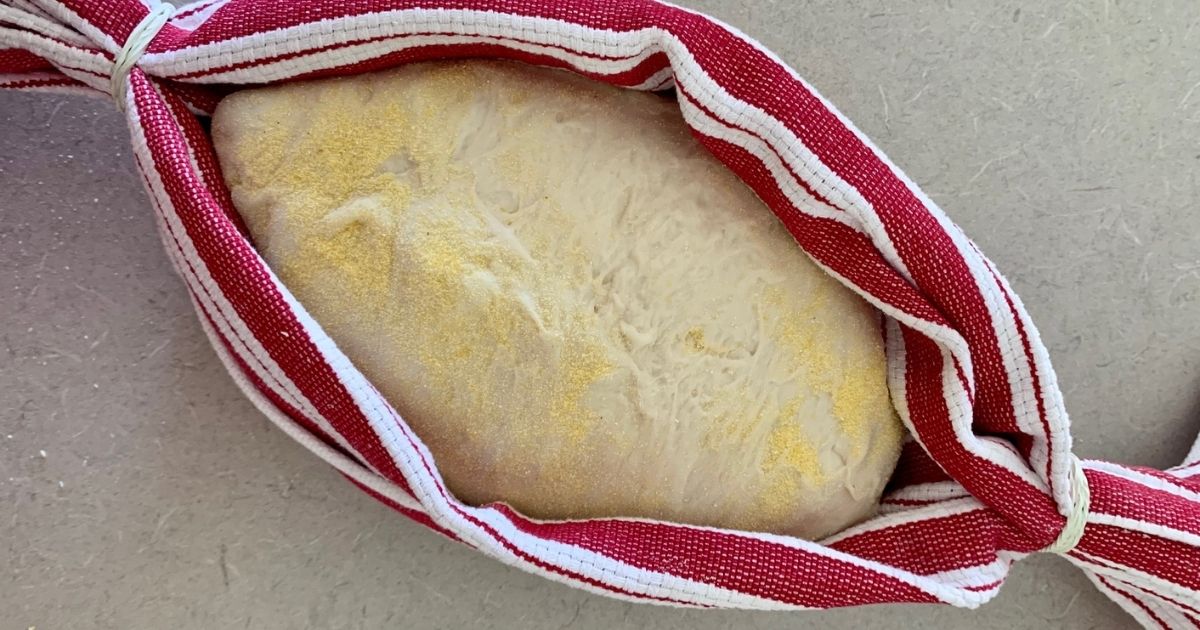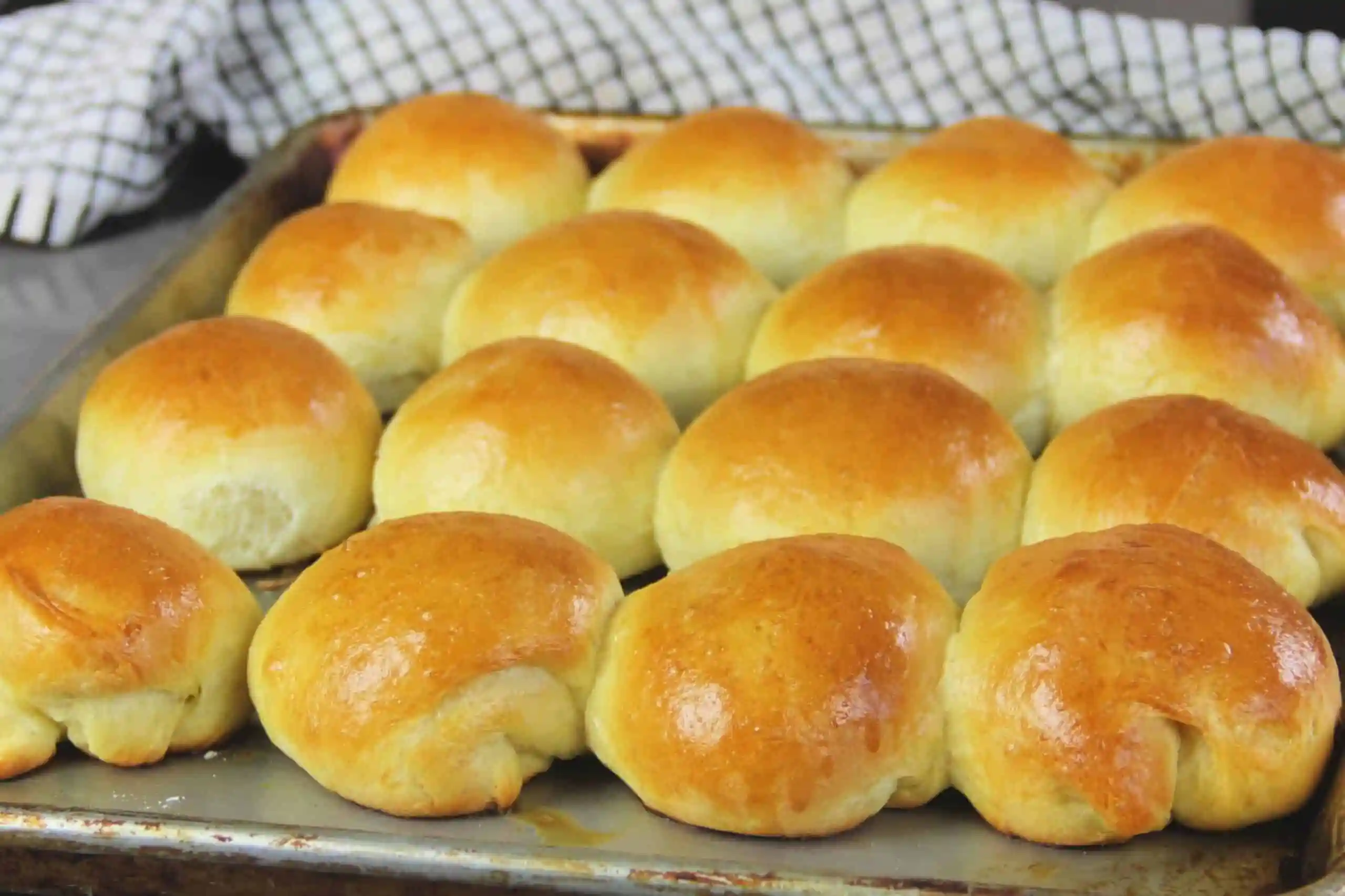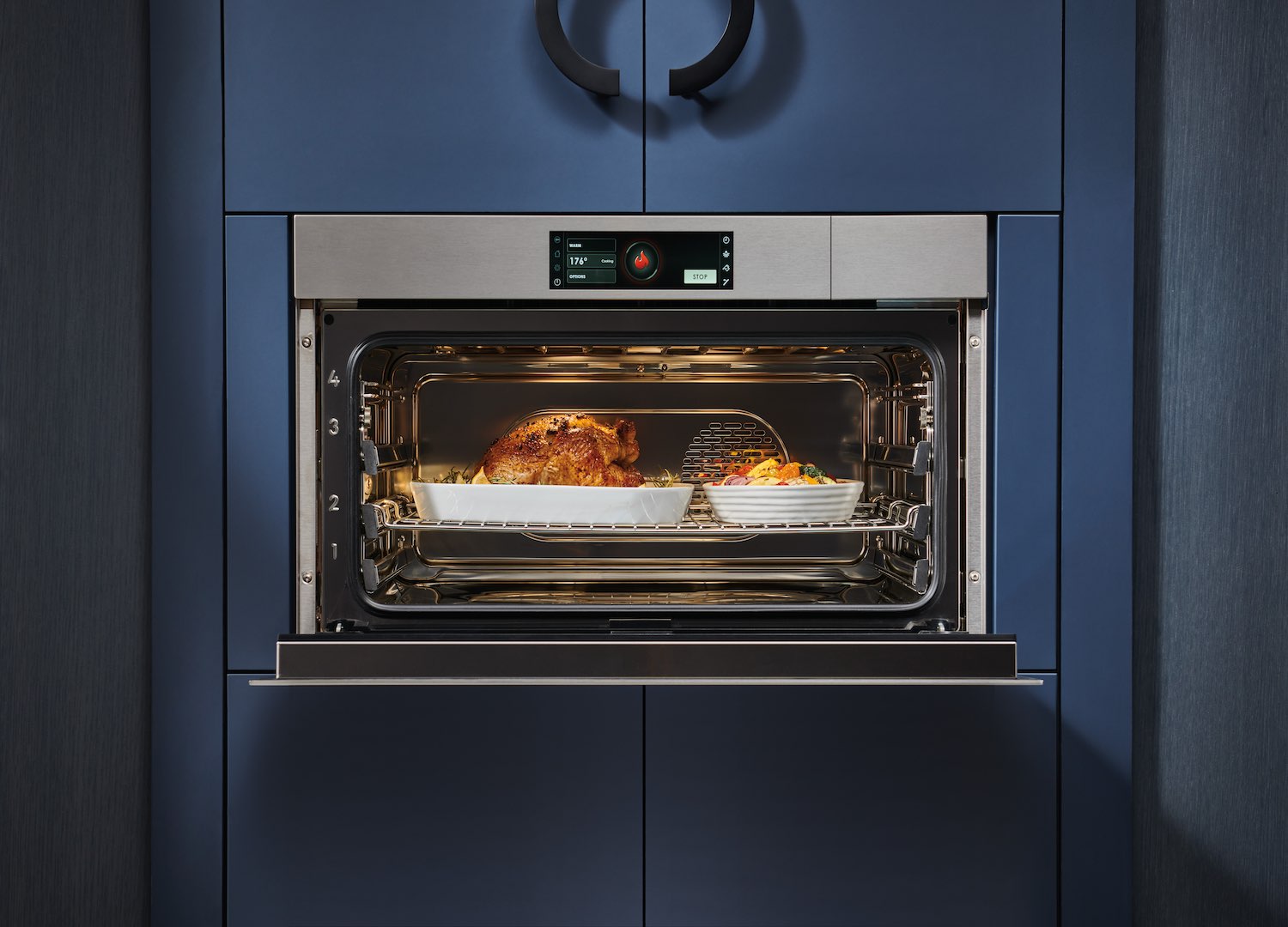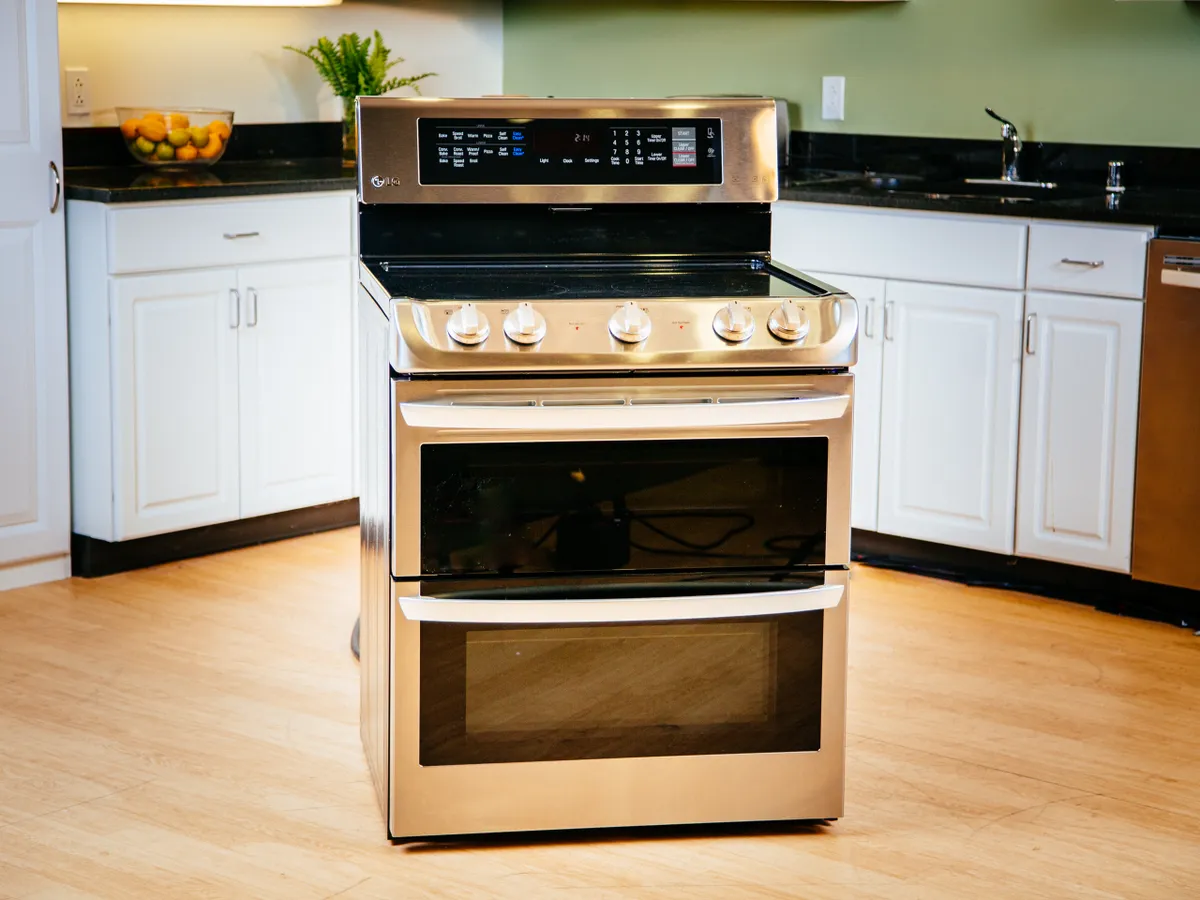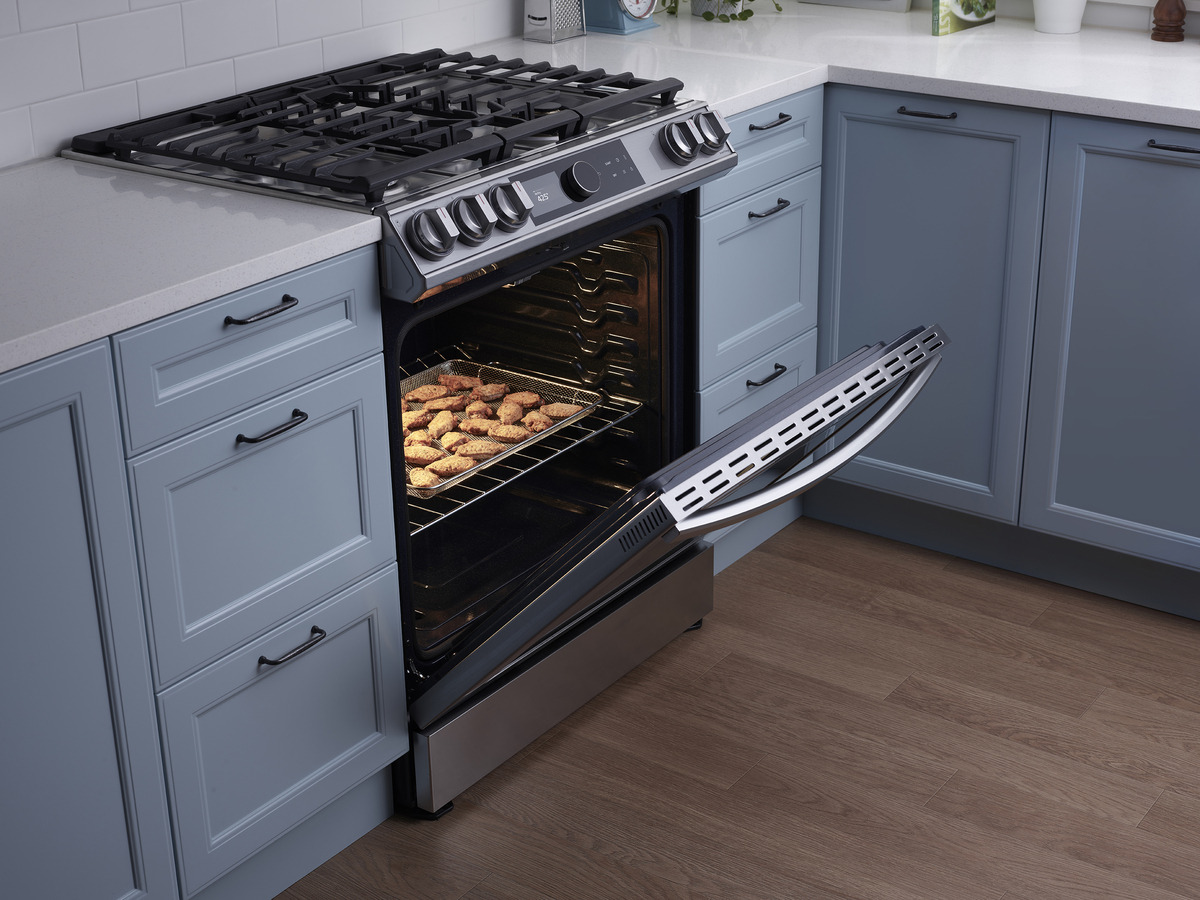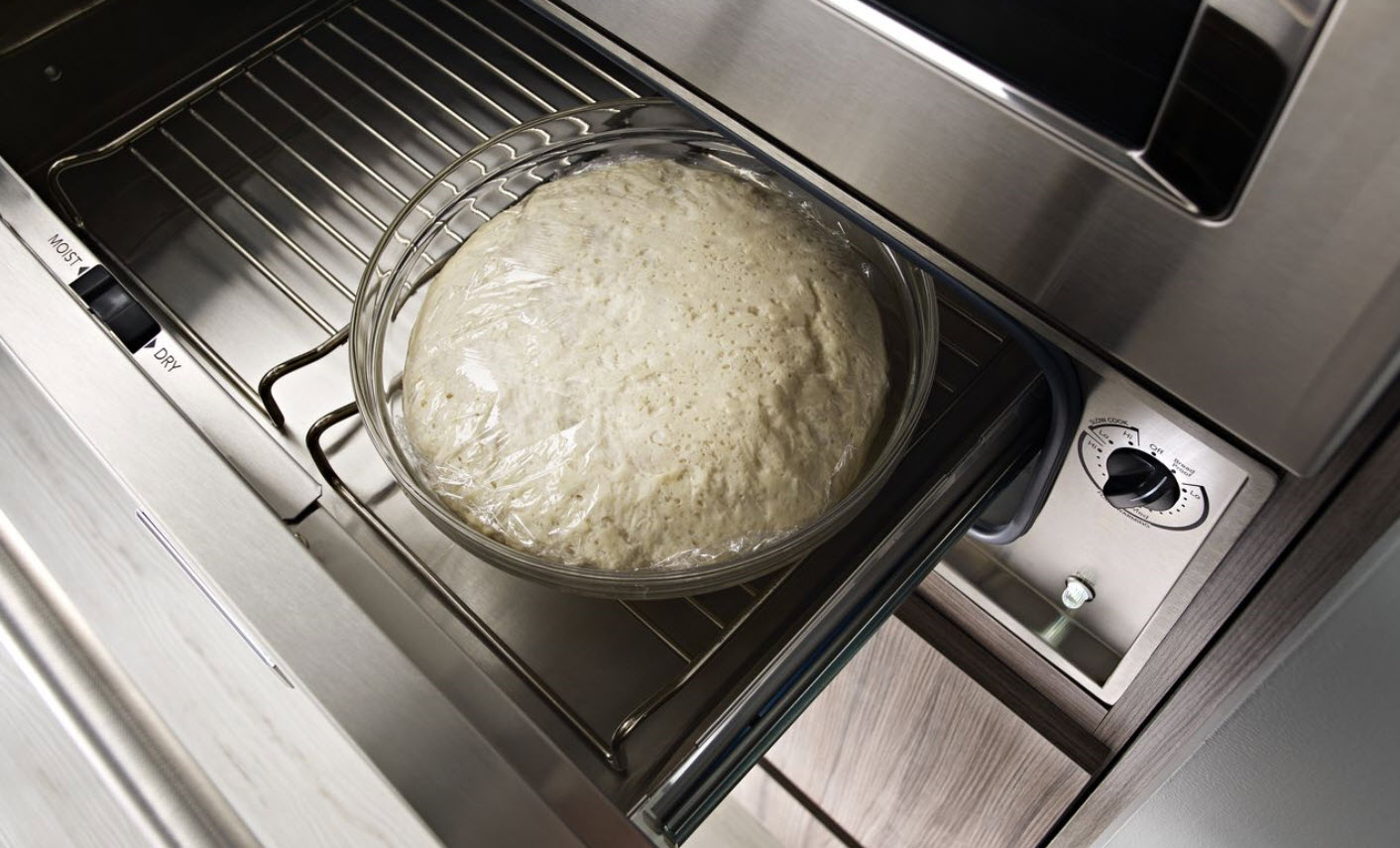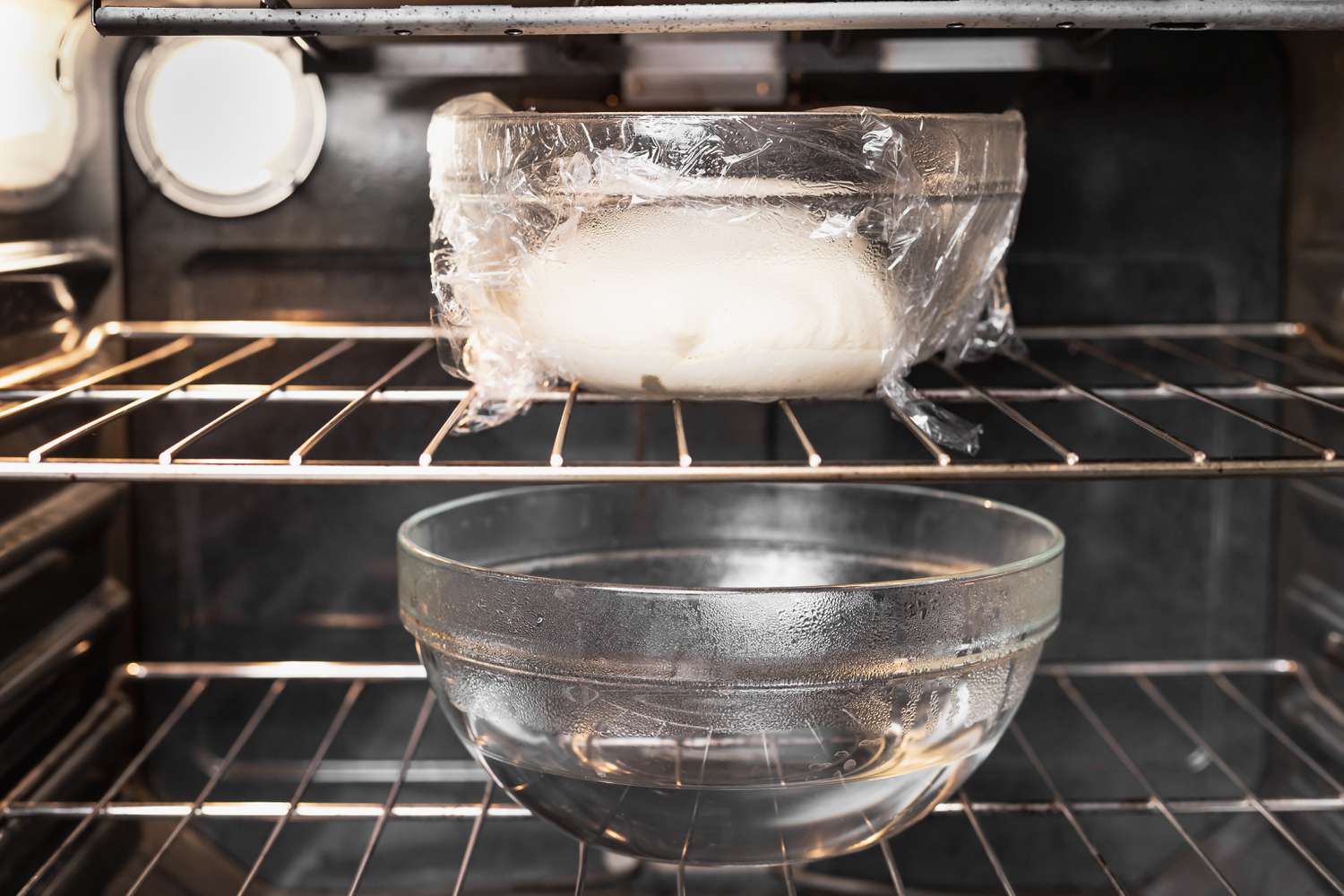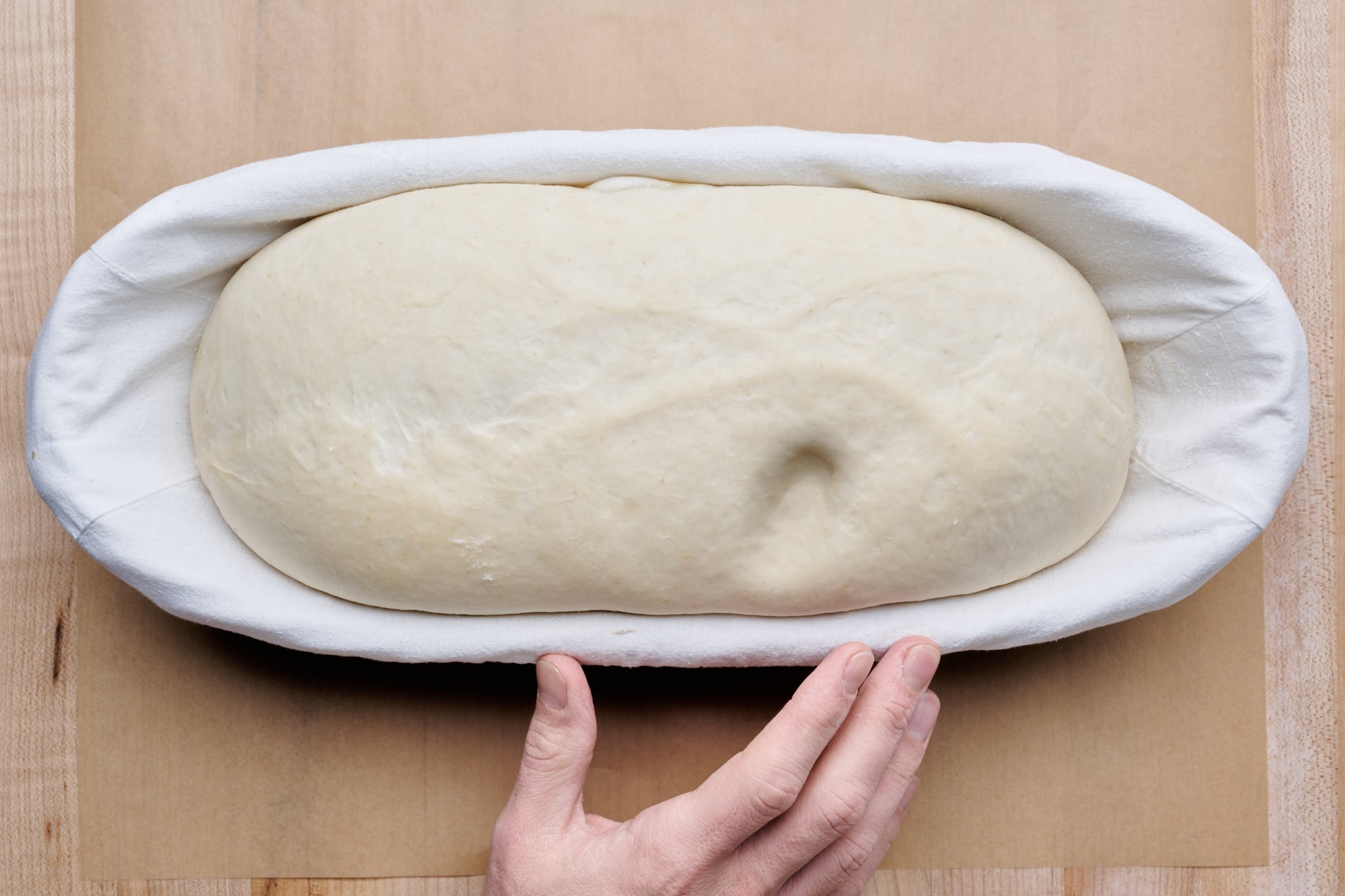How to Proof Your Homemade Beer
So, you’ve brewed your own beer at home and now you’re ready to make sure it’s just right before sharing it with friends or cracking one open for yourself. The process of proofing your homemade beer is an important step to ensure that it tastes great and is safe to drink. Here’s a simple guide to help you through the proofing process.
1. Check the Carbonation
One of the key elements of a good beer is the level of carbonation. To check the carbonation of your homemade beer, open a bottle and listen for a slight “pssst” sound. This indicates that the beer is carbonated. Additionally, you can pour a small amount into a glass and observe the formation of bubbles. A well-carbonated beer will have a good amount of bubbles rising to the top.
2. Taste Test
After carbonation, the most important aspect of proofing your homemade beer is the taste test. Pour a small amount into a glass and take a sip. Pay attention to the flavor, aroma, and mouthfeel. Look for any off-flavors or unusual aromas that could indicate a problem with the brewing process. A well-made beer should have a balanced flavor profile and a pleasant aroma.
3. Alcohol Content
It’s important to check the alcohol content of your homemade beer to ensure that it’s within the desired range. You can use a hydrometer to measure the specific gravity of the beer before and after fermentation. This will give you an indication of the alcohol content. Make sure to refer to your recipe for the target alcohol percentage and adjust if necessary.
4. Clarity and Color
Another aspect to consider when proofing your homemade beer is its clarity and color. A well-made beer should have a clear appearance with the appropriate color for its style. Hold the glass up to the light to check for any haze or suspended particles. The color should also match the style guidelines for the type of beer you’ve brewed.
5. Bottle Conditioning
If you’ve opted for bottle conditioning, where the beer undergoes a secondary fermentation in the bottle, it’s important to check for proper carbonation and yeast sediment. Pour the beer gently into a glass, leaving the sediment in the bottom of the bottle. The beer should have a good level of carbonation without excessive yeast sediment in the glass.
6. Seek Feedback
Finally, don’t be afraid to seek feedback from others. Share your homemade beer with friends or family members who have an appreciation for craft beer. Their feedback can be valuable in identifying any areas for improvement in your brewing process.
By following these steps, you can ensure that your homemade beer is properly proofed and ready to be enjoyed. Remember, the proofing process is not only about ensuring the quality of the beer but also about learning and improving your brewing skills for future batches.
Now that you’ve learned how to proof your homemade beer, it’s time to sit back, relax, and savor the fruits of your labor. Cheers to your brewing success!
Was this page helpful?
Read Next: How To Proof French Bread

